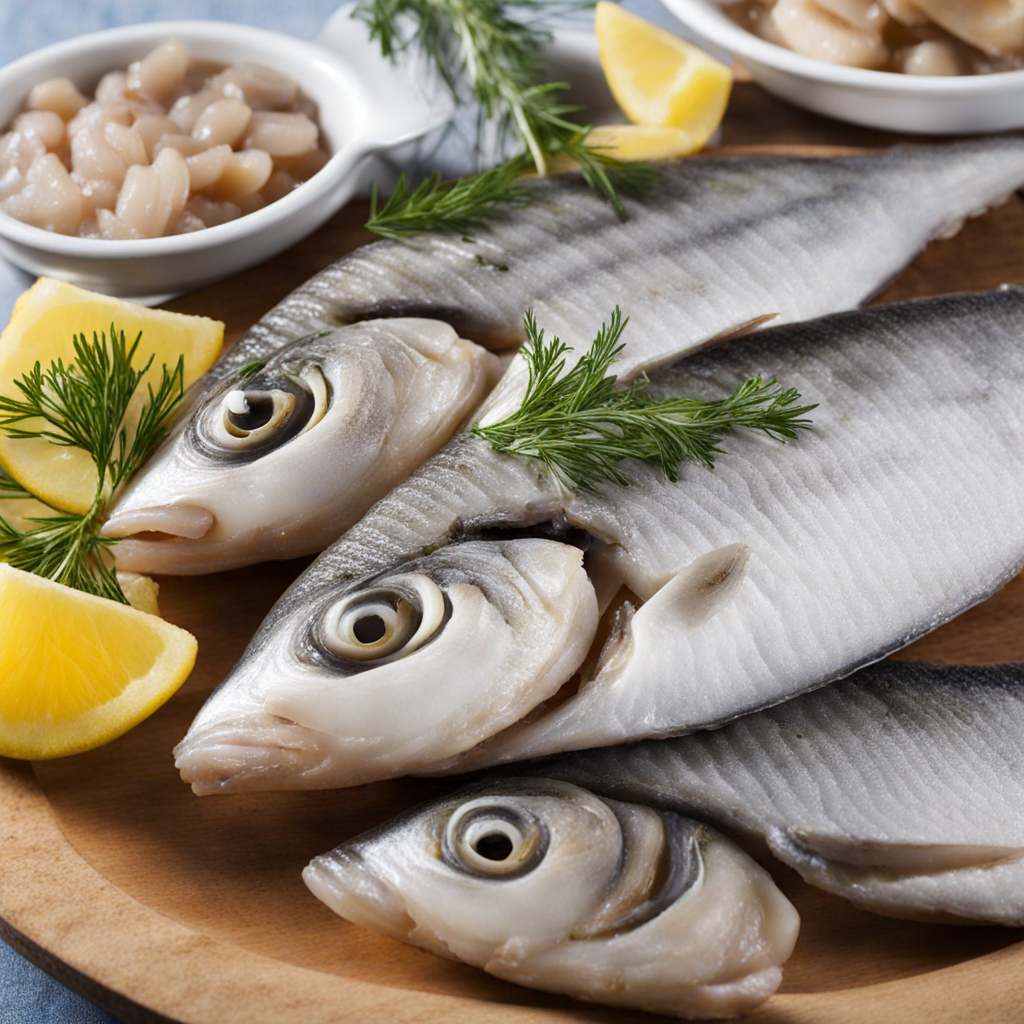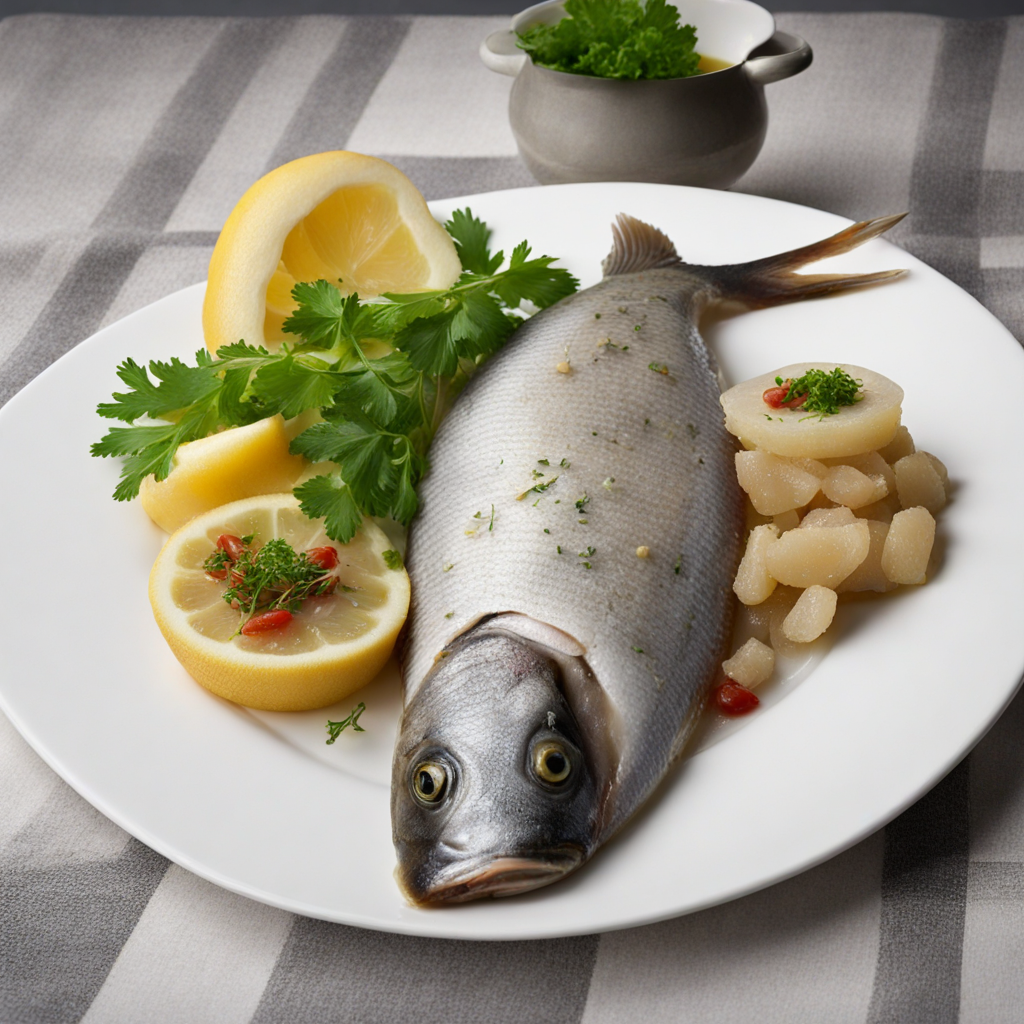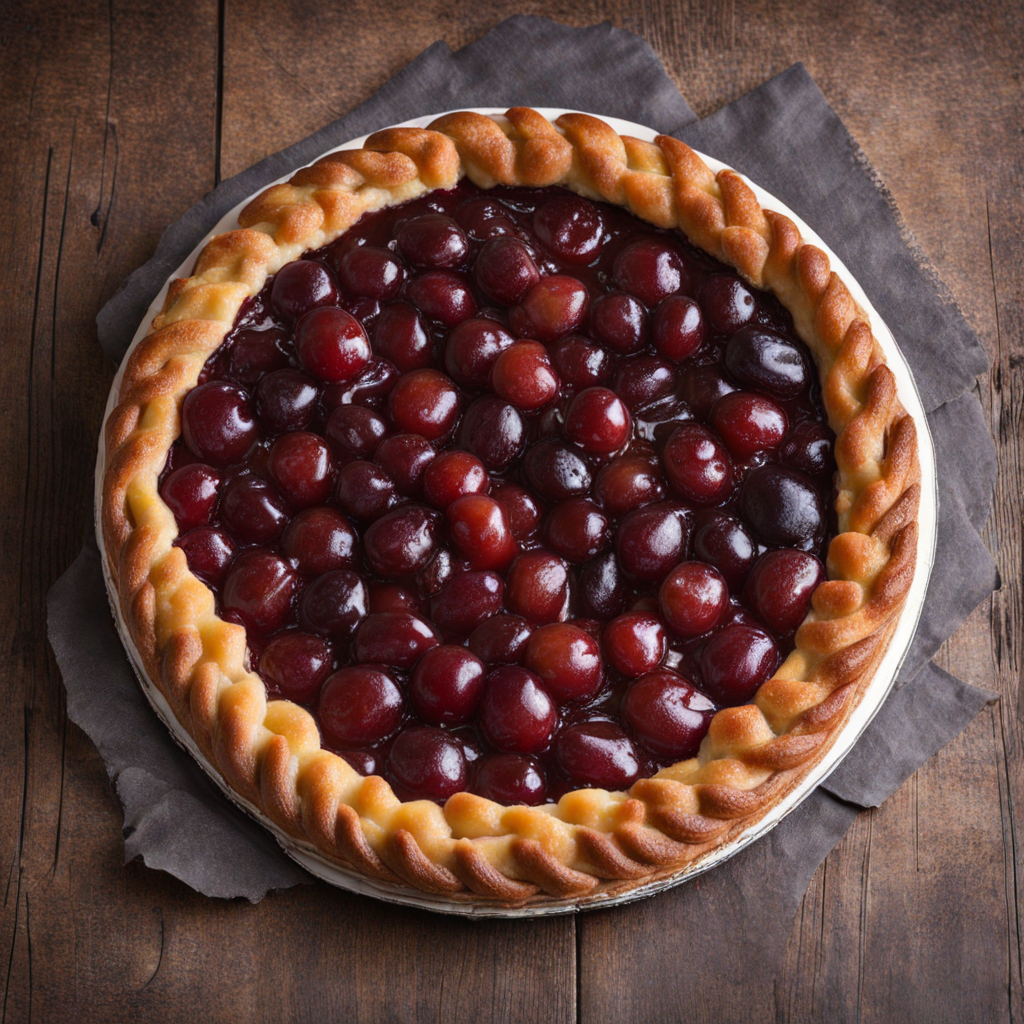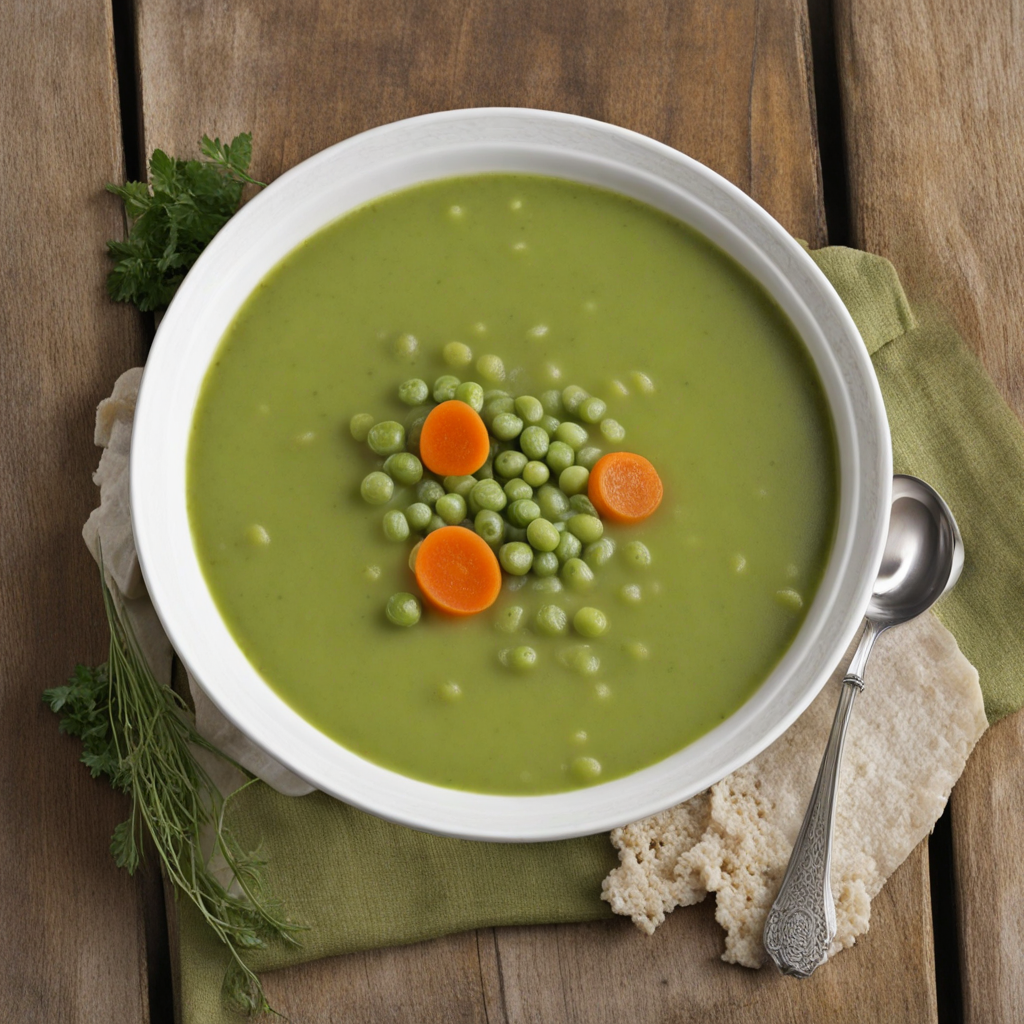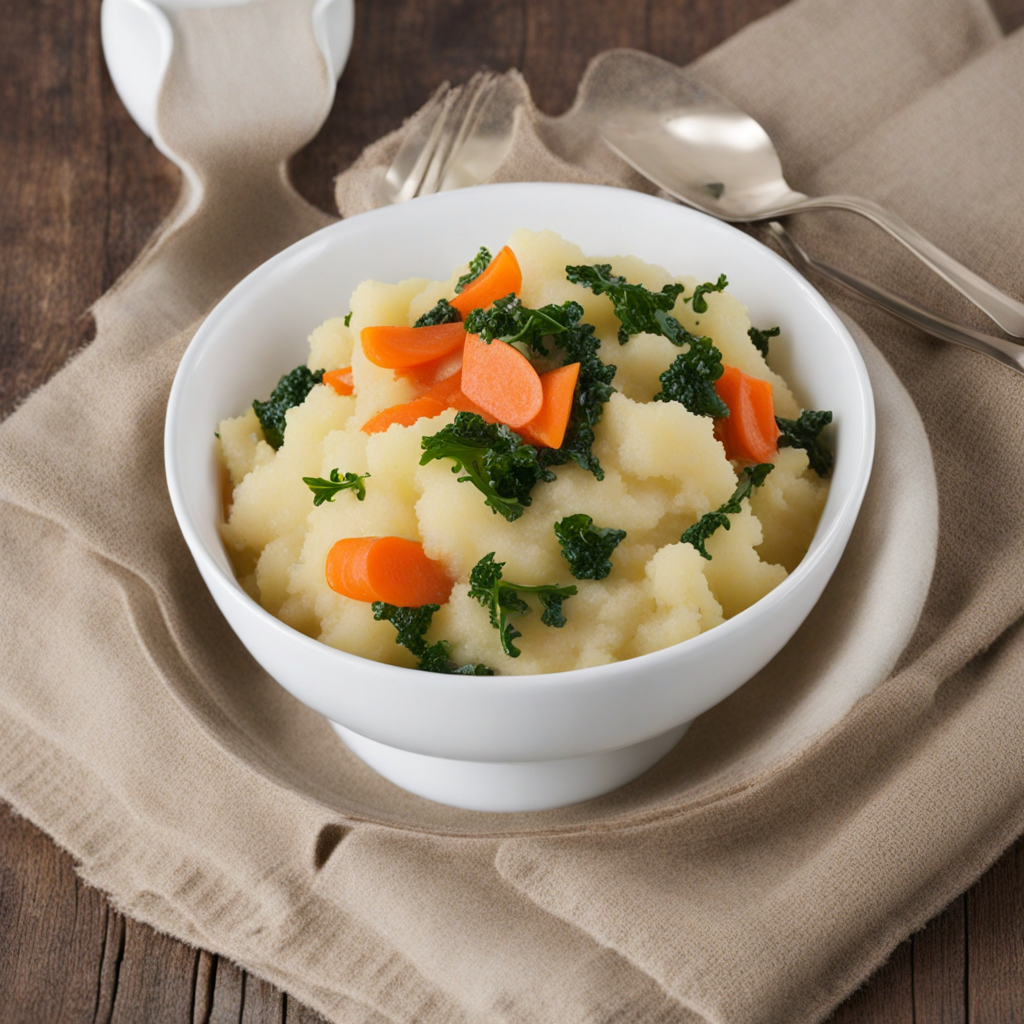Zoute Haring
Zoute Haring, or 'Dutch salted herring', is a quintessential delicacy from the Netherlands that offers a unique taste experience. This traditional dish features raw herring fish, typically served whole or filleted, and is distinguished by its distinct briny flavor. The fish are cured in a salt solution, which not only preserves the herring but also enhances its natural richness. When you take a bite, the fish melts in your mouth, delivering a combination of salty and subtly sweet notes that dance on the palate. The texture is silky and smooth, allowing the flavors to linger beautifully. Enjoying Zoute Haring is often a communal affair, where locals partake in the tradition of holding the fish by the tail and taking a generous bite. It's commonly accompanied by finely chopped onions and pickles, which add a crunchy contrast and a pop of acidity to the dish. The onions bring a mild sharpness that complements the herring's umami, while the pickles offer a refreshing tang that cuts through the richness. This combination elevates the entire tasting experience, making each bite a delightful adventure of flavors and textures. For those looking to savor Zoute Haring authentically, it's best enjoyed fresh from a street vendor or local fish market, where the fish is at its peak freshness. Pair it with a glass of cold Dutch lager or a traditional jenever (Dutch gin) for a complete culinary experience. Whether you're a seasoned seafood lover or a curious food adventurer, Zoute Haring presents an opportunity to explore the maritime heritage of the Netherlands through its bold and captivating flavors.
How It Became This Dish
Zoute Haring: A Culinary Tradition of the Netherlands Origin and Early History Zoute Haring, or "salted herring," is a beloved traditional Dutch dish that has been part of the Netherlands' culinary landscape for centuries. The origins of herring fishing can be traced back to the medieval period, as the North Sea's rich waters were teeming with this oily fish. The Dutch developed a method for preserving herring that would not only allow them to store fish for longer periods but also to transport it without spoilage. The earliest evidence of herring consumption in the Netherlands dates back to the 12th century. However, it wasn't until the 14th century that the herring fishery began to flourish. The towns along the North Sea coast, particularly those in the region of Holland, became hubs for herring trade. Fishing techniques were refined, and the "Haringhandel" (herring trade) became a significant economic activity, contributing to the prosperity of the Dutch Republic during its Golden Age in the 17th century. The Pickling Process Zoute Haring is not merely raw herring; it is a product of a specific preservation technique known as "dry-salting." The fish are caught, gutted, and then packed in barrels layered with salt, which draws out moisture and inhibits the growth of bacteria. The process enhances the fish's natural flavors and allows it to develop a distinct taste over time. After a few weeks, the herring is ready for consumption. The method of preserving herring was crucial for Dutch sailors and fishermen, enabling them to have a reliable source of food during long voyages. The salt-preserved fish became a staple for the working class and was often eaten with onions and pickles. Its affordability and long shelf life made it accessible to many, leading to its widespread popularity. Cultural Significance Zoute Haring is more than just a dish; it is a cultural icon in the Netherlands. It symbolizes the nation’s maritime heritage, representing the relationship between the Dutch people and the sea. Festivals celebrating the herring season, particularly the "Haringparty," are held annually, typically starting in June when the new catch of herring is available. The arrival of the first barrel of herring, often ceremonially presented to the mayor of Amsterdam, marks the official start of the herring season. This event is not just a culinary occasion; it serves as a celebration of Dutch culture and tradition. The act of eating Zoute Haring has its own set of rituals and customs. Traditionally, the fish is consumed raw, often served on a small wooden board, accompanied by diced onions and pickles. It is customarily eaten by holding the fish by the tail and taking a bite, a practice that showcases the freshness and quality of the catch. This intimate way of enjoying the dish reflects the Dutch philosophy of savoring simple yet high-quality ingredients. Zoute Haring Through the Ages As the centuries progressed, the popularity of Zoute Haring continued to evolve. In the 19th century, advances in preservation and transportation allowed herring to be consumed beyond the coastal regions, making it a staple throughout the country. Street vendors began selling herring from carts, further embedding it into Dutch urban life. The accessibility of Zoute Haring transformed it into a popular snack among all social classes, from fishermen to city dwellers. In the late 20th century, the dish faced challenges due to changes in fishing practices and overfishing, which led to a decline in herring populations. The sustainability of herring fishing became a pressing issue, prompting consumers to become more conscious of their seafood choices. As a response, fishing industries began to adopt more sustainable practices, ensuring that Zoute Haring could continue to be enjoyed without depleting fish stocks. Modern Interpretations and Global Influence In contemporary times, Zoute Haring has undergone various interpretations. While the traditional way of consuming the fish is still cherished, modern chefs have begun to explore creative presentations. Some serve it with gourmet toppings like caviar or unique sauces, while others incorporate it into fusion dishes, blending it with international flavors. This evolution showcases the versatility of herring and its ability to adapt to changing culinary trends. Moreover, the popularity of Zoute Haring has transcended national borders, finding its way into international cuisine. As global interest in seafood and sustainable eating practices grows, herring is being reintroduced to menus in various countries, often celebrated for its rich flavor and health benefits. Its high omega-3 fatty acid content, along with its low mercury levels compared to larger fish, positions Zoute Haring as a health-conscious choice in the global seafood market. Conclusion: A Taste of Tradition Zoute Haring is not merely a dish; it is a living testament to the Dutch people's ingenuity and their enduring connection to the sea. Its history is woven into the cultural fabric of the Netherlands, representing the nation's maritime heritage while adapting to the challenges and changes of modern society. As one of the few food items that can claim such a deep-rooted significance in Dutch culture, Zoute Haring continues to hold a special place in the hearts of its people. Today, as you walk through the bustling streets of Amsterdam or Rotterdam, you will likely encounter vendors offering fresh Zoute Haring to eager customers. The simple act of biting into a salted herring, with its delicate texture and rich flavor, invites not just a taste of the sea but also a connection to the past. In every bite, there is a story of tradition, resilience, and the celebration of nature's bounty—an experience that is quintessentially Dutch.
You may like
Discover local flavors from Netherlands


